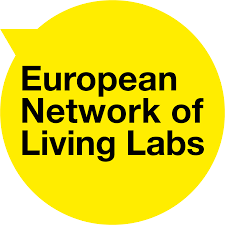Research & Innovation Labs in Food Engineering
Contribution to Science
The laboratory infrastructure consists of two main types of facilities. The first type is dedicated to analytical laboratories, where innovative food products are characterized in terms of nutritional composition, bioactive compounds, minerals, volatile compounds, antioxidant activity, and phenolic and flavonoid profiles. The second type includes innovation workshops, which simulate industrial production conditions for processes such as non-thermal processing (extraction and stabilization), dairy production, algae-based food processing, hybrid and vegetarian meat product development, and cereal technology, including baking and 3D food printing.
This state-of-the-art infrastructure plays a crucial role in advancing cutting-edge research, enabling the development and transfer of innovative solutions to both industry and society.
Societal Impact
The research conducted within these laboratories leads to new food products and processing methods that address global challenges in sustainability, food safety, and quality. These facilities are utilized in numerous national and international projects, most of which are developed in direct collaboration with food industry companies, often resulting in market-ready products.
A key advantage of these laboratories is their direct engagement with consumers and alignment with industry trends. Many companies face challenges in testing new product production at a pilot scale, and these facilities provide a crucial platform for such development, bridging the gap between research and commercial application.
Application in Education
These laboratories serve as demonstration facilities for undergraduate students, offering them hands-on exposure to industry-standard equipment and processes. This practical experience is a key differentiator, better preparing students for real-world industry challenges. Beyond operating the equipment, students engage in problem-solving activities directly linked to industry needs, making their education more applied and market-relevant. The facilities also support master’s dissertations and doctoral theses, fostering advanced research and innovation in food engineering.
Notable Facts / Curiosities
Around 50 years ago, ISA had pilot-scale facilities with a similar purpose, particularly in baking and dairy processing. Many historical pieces of equipment have been preserved. The older machines feature intriguing mechanical structures, offering a unique insight into past food processing techniques. These historical units take up significant space, but comparing them to modern equipment highlights the technological evolution of food engineering.
Contact: Prof. Anabela Raymundo (anabraymundo@isa.ulisboa.pt)





